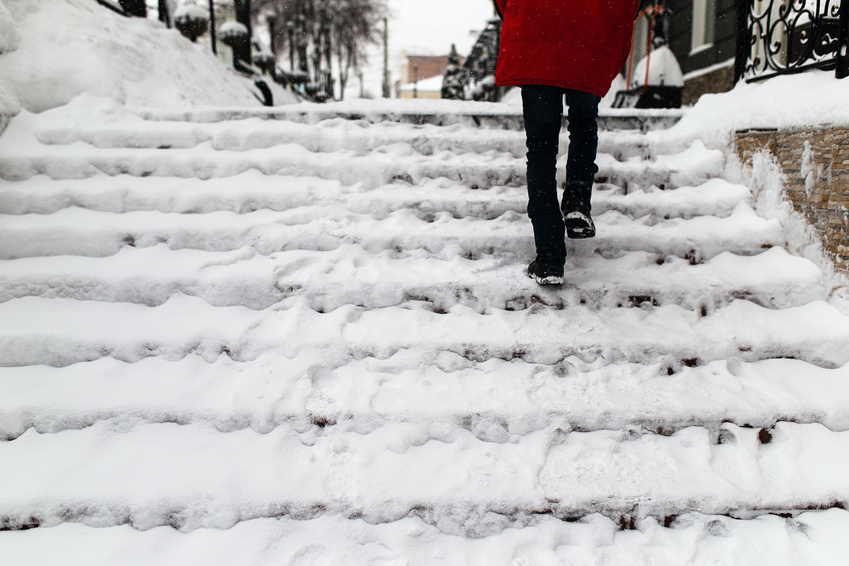
Life alert alarms have long been around the wrists and necks of people in danger of falling when no one else is around. They have also long been associated with old age and a more outdated form of technology. Last fall, Apple took on this stigma by incorporating a fall detection feature in the Apple Watch. On Saturday, Feb. 2, this feature saved a life.
According to a report from Norway’s NRK, 67-year-old Toralv Østvang was using the bathroom at 4:30 a.m. when he fainted and took a hard fall. Within half an hour, the police were in Østvang’s home and found him bleeding on the bathroom floor with his face fractured in three different places.
Emergency services only knew that Østvang was in danger because of an alert his Apple Watch sent. The wearable device detected his fall as soon as it happened. After one minute of no response from Østvang, the Apple Watch alerted emergency services. Østvang’s daughter, Kirsti Østvang, credits the Apple Watch with saving her father’s life.
“It could have gone so much worse. All morning we asked ‘What had happened if he hadn’t worn a smart watch?’ He didn’t bring his mobile phone in the bathroom. It’s amazing that he got so quick help from the alarm, until the police found him,” Kirsti told NRK.
In almost any form, technology has helped us save lives. Whether it is a smoke detector warning against a potential fire or a short-term radon detector that measures radon levels for two to 90 days, a timely alert can save lives. Even vaccines, one of the oldest technologies out there, still prevent more than 2.5 million deaths annually. The fall detection feature that saved the life of Østvang is included in Apple’s latest smartwatch, the Apple Watch Series 4.
This most recent model is able to detect when a user falls through its accelerometer and gyroscope. According to Apple, these sensors analyze wrist trajectory and impact acceleration.
If the sensors detect that the wearer has fallen, a notification will appear on the watch’s screen. This pop-up prompts you to acknowledge that you fell and are okay or allows you to call for emergency assistance. If you don’t choose one or the other within one minute, the watch will call 911 by using your nearby phone or the cellular transmitter in the watch.
This is particularly beneficial for people at the age of retirement. With 55% of survey respondents saying that being a burden to their families is their greatest fear surrounding long-term care, a device like this has the potential to ease the minds of people everywhere. Not only does the Apple Watch alert emergency services, but it will also notify your pre-set emergency contacts by sending them your location.
This level of care that the watch can provide wearers is also useful for those with memory issues, as they may not be able to alert their loved ones of their fall. While a recent study showed that having three to five cups of coffee per day can help lead to a 65% decrease in developing Alzheimer’s or dementia, there are currently no cures for these cognitive diseases. The Apple Watch could be an instrumental device in making living with them much safer.
The latest model of the Apple Watch can also monitor the wearer’s heart rate, a feature that is especially useful in giving early warnings for serious medical situations such as heart attacks and strokes.






